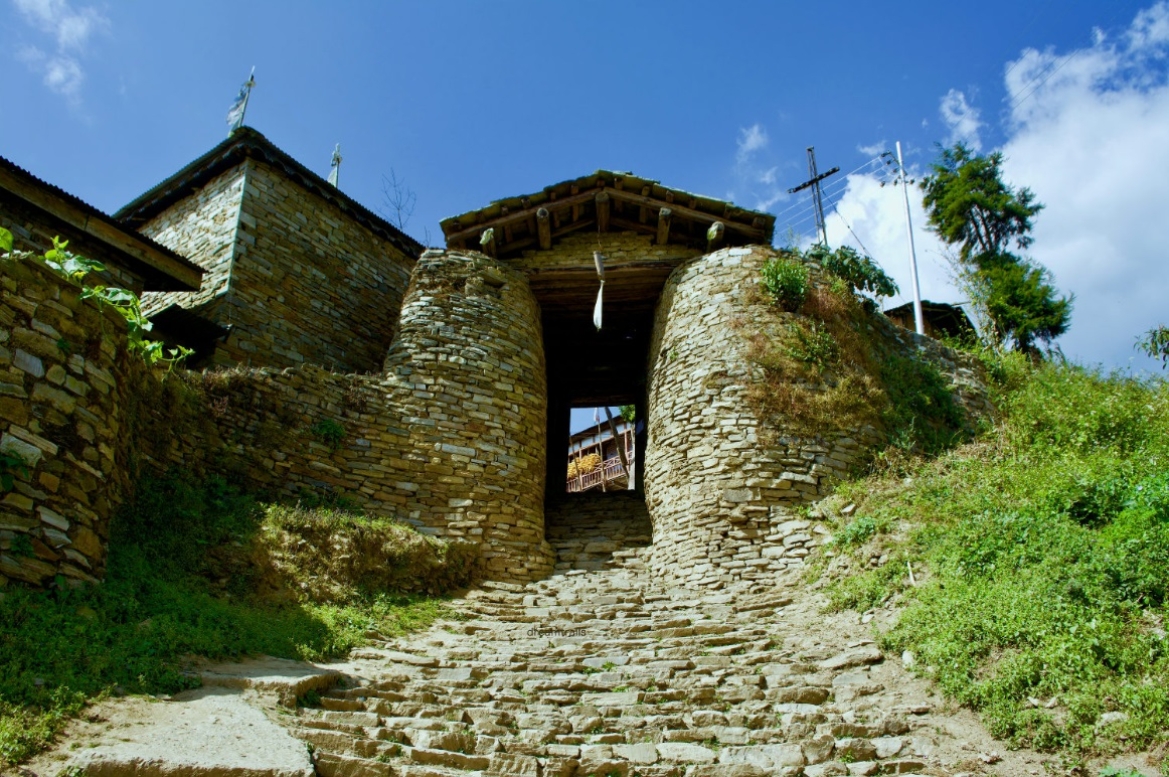|
Greater Siangic Languages
Greater Siangic is a language grouping that includes the ''Siangic languages'', ''Digaro languages'' ( Idu Mishmi and Taraon) and ''Pre- Tani'', the hypothetical substrate language branch of Tani before it became relexified by Sino-Tibetan. The Greater Siangic grouping was proposed by Roger Blench (2014), based on exclusively shared lexical items that had been noted by Modi (2013). Blench (2014) argues that Greater Siangic is an independent language family that has undergone areal influences from Sino-Tibetan languages, and is not a branch of the Sino-Tibetan language family itself. Various lexical items exclusively shared by Milang, Koro, Taraon, and Idu have also been noted by Modi (2013).Modi, Yankee. 2013. ''The nearest relatives of the Tani group''. Paper presented at the 19th Himalayan Languages Symposium, Canberra, Australia. Modi (2013) suggests that Taraon could be closer to Milang than Idu is. Languages Blench (2014) lists the following languages in Greater Siangic. ... [...More Info...] [...Related Items...] OR: [Wikipedia] [Google] [Baidu] |
Arunachal Pradesh
Arunachal Pradesh (; ) is a States and union territories of India, state in northeast India. It was formed from the North-East Frontier Agency (NEFA) region, and India declared it as a state on 20 February 1987. Itanagar is its capital and largest town. It borders the Indian states of Assam and Nagaland to the south. It shares Borders of India, international borders with Bhutan in the west, Myanmar in the east, and a disputed 1,129 km border with China's Tibet Autonomous Region in the north at the McMahon Line. Arunachal Pradesh is claimed in its entirety by China as South Tibet as part of the Tibet Autonomous Region; China Sino-Indian War, occupied some regions of Arunachal Pradesh in 1962 but later withdrew its forces. As of the 2011 Census of India, Arunachal Pradesh has a population of 1,383,727 and an area of . With only 17 inhabitants per square kilometre, it is the least densely populated state of India. It is an ethnically diverse state, with predominantly Monpa p ... [...More Info...] [...Related Items...] OR: [Wikipedia] [Google] [Baidu] |
Sino-Tibetan Languages
Sino-Tibetan (also referred to as Trans-Himalayan) is a family of more than 400 languages, second only to Indo-European in number of native speakers. Around 1.4 billion people speak a Sino-Tibetan language. The vast majority of these are the 1.3 billion native speakers of Sinitic languages. Other Sino-Tibetan languages with large numbers of speakers include Burmese (33 million) and the Tibetic languages (6 million). Four United Nations member states (China, Singapore, Myanmar, and Bhutan) have a Sino-Tibetan language as a main native language. Other languages of the family are spoken in the Himalayas, the Southeast Asian Massif, and the eastern edge of the Tibetan Plateau. Most of these have small speech communities in remote mountain areas, and as such are poorly documented. Several low-level subgroups have been securely reconstructed, but reconstruction of a proto-language for the family as a whole is still at an early stage, so the higher-level structure of Sino-Tibetan re ... [...More Info...] [...Related Items...] OR: [Wikipedia] [Google] [Baidu] |

